Germany once fell behind its European neighbours in fibre deployment, yet the ambition to cover every household with a gigabit connection by 2030 has gathered pace. That engineering effort does more than boost upload speeds; it changes how the country watches television. IPTV kaufen, reliant on stable two‑way bandwidth, flourishes wherever fibre reaches the basement. This article traces how civil‑works projects, wholesale access rules, and municipal partnerships combine to push live and on‑demand video over glass strands instead of radio waves or copper pairs.
The National Gigabit Goal
The Federal Government adopted the Gigabit Strategy in 2022, providing tax incentives for private investors and earmarking €3 billion in rural subsidies. By spring 2025 Internet Service Providers had pulled fibre past 53 percent of households, up from 24 percent three years earlier. Deutsche Telekom’s latest report claims more than ten million fibre‑ready premises, an increase that corresponds with a 61 percent jump in new fibre contracts year‑on‑year. Independent players such as Open Infra, Deutsche Glasfaser, and Stadtwerke joint ventures complement the incumbent by focusing on small towns. Every trench they dig effectively adds new addresses for IPTV marketers.
Technical Advantages Unique to Fibre
Copper DSL lines fade with distance; throughput falls, and crosstalk increases error correction overhead. Fibre avoids those constraints, delivering symmetric speeds well above 500 Mbit/s even in sparsely populated regions. IPTV thrives on that headroom. A single 4K stream encoded with the latest HEVC profile still requires around 15 Mbit/s. Multiply that by a living room set‑top‑box, two bedroom Smart TVs, and a tablet replay, and the margin on a legacy 50 Mbit/s line evaporates. Fibre restores breathing room, reducing packet loss that once triggered sudden drops in picture quality. Lower latency also sharpens channel‑zapping; the grey screen between programmes shrinks from seconds to fractions.
Wholesale Models Encourage Variety
Germany mandates Layer‑2 Bitstream Access on networks that benefit from public subsidies, allowing retail providers to lease capacity. As a result, a family in Augsburg might order MagentaTV from Deutsche Telekom even though their physical fibre belongs to M‑net, or vice versa. Competition pushes down monthly fees and gives subscribers a choice of IPTV interfaces, from the slick Netflix‑style rows of some providers to the channel‑centric grid of 1&1 HD TV. Such plurality fosters innovation: some brands prioritise cloud DVR depth, others push zero‑rating for mobile data. Customers vote with their wallets and can swap provider without rewiring the flat.
Energy Efficiency and Sustainability
Fibre uses passive optical splitters that require no street‑level power, unlike copper cabinets that need active cooling. According to industry body BREKO, German operators save up to 80 percent on electricity per subscriber after migrating to FTTH. IPTV shares those gains. Encoding farms still consume energy, but delivery over fibre produces fewer retransmissions, trimming overall network load. For environmentally conscious viewers, knowing their TV habit now rides on hardware with a smaller carbon footprint adds intangible value—a topic discussed further in Article #4 of this series.
Jobs and Skills Spin‑Offs
Building fibre networks creates employment that ranges from civil engineers to splicing technicians. Many small towns run training schemes in partnership with chambers of commerce, ensuring skills stay local. A knock‑on effect appears in the media sector: as IPTV subscriber pools grow, content producers launch regional channels or hyper‑local advertising agencies, generating fresh creative roles. The digital dividend therefore extends beyond pure bandwidth, nurturing whole service clusters around video production and distribution.
Challenges and Mitigation
Not every roll‑out proceeds smoothly. Some municipal councils worry about multiple digs along the same pavement. To reduce disruption, Germany promotes cooperative build‑outs where city utilities share ducts or lease dark fibre to third‑party providers. Radio micro‑trenching and aerial fibre across existing power poles further speed deployment in rural Bavaria, cutting costs by up to 40 percent compared with classical open‑cut methods. Where archaeology or protected trees block trenches, fixed‑wireless access bridges the gap until a full build becomes feasible, ensuring residents still receive an IPTV‑capable connection.
Impact on Viewing Quality
Real‑world tests during the 2024 European Championship group stage reported average bitrates of 26 Mbit/s for 4K HDR streams on fibre lines, compared with 18 Mbit/s on VDSL. The extra headroom means fewer macro‑blocking artefacts in fast motion—a critical difference when Germany’s Leroy Sané breaks through defence. Audio benefits too: Dolby Atmos metadata fits comfortably alongside video, delivering more immersive stadium ambience to home theatres.
Looking Ahead
With fibre pass‑through rates rising by roughly seven percentage points per year, Germany is on track to meet—or even beat—its 2030 target. Once universal gigabit coverage becomes reality, IPTV could become the default reception technology, relegating satellite and cable to specialised niches. The synergy between physical infrastructure and content innovation underlines a simple truth: glass strands beneath the pavement have quietly redrawn the way Germans relax on the sofa after work.



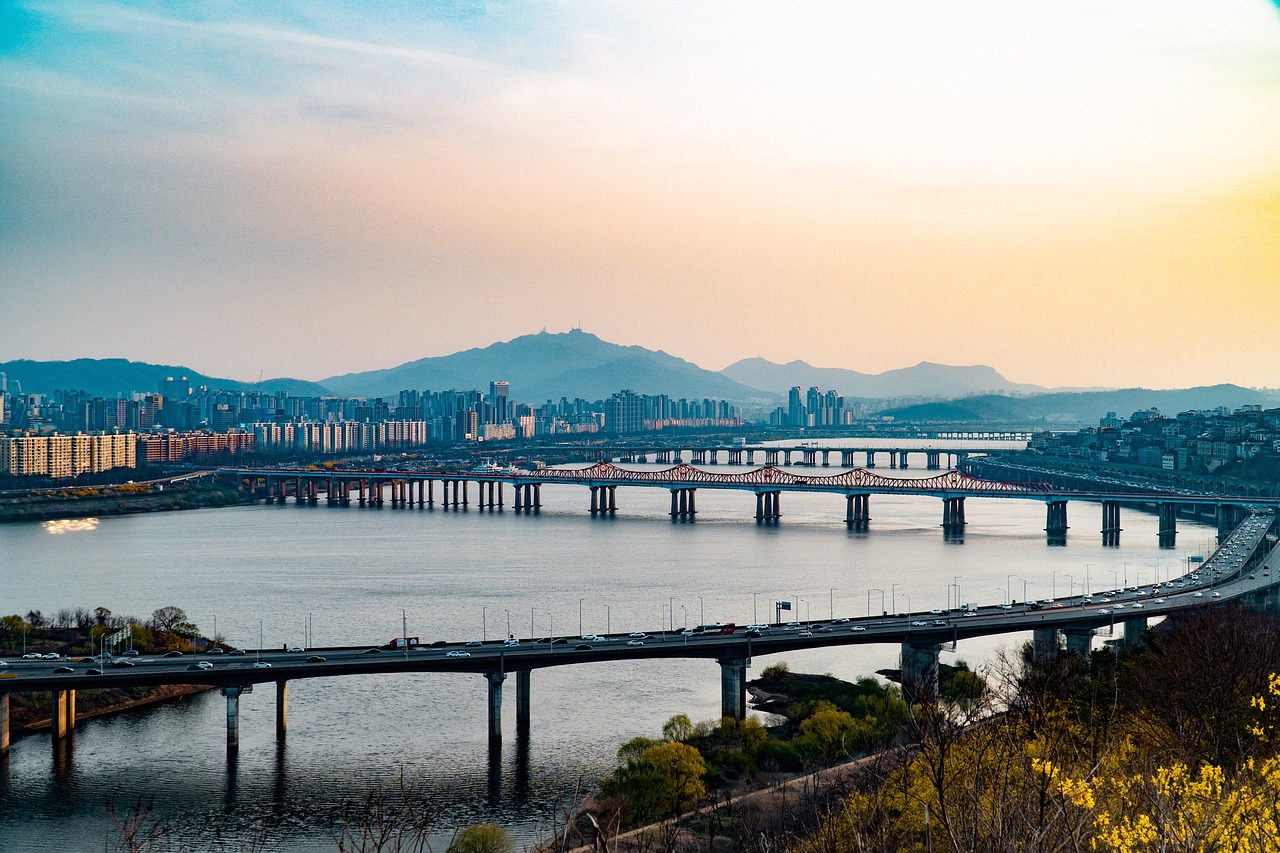
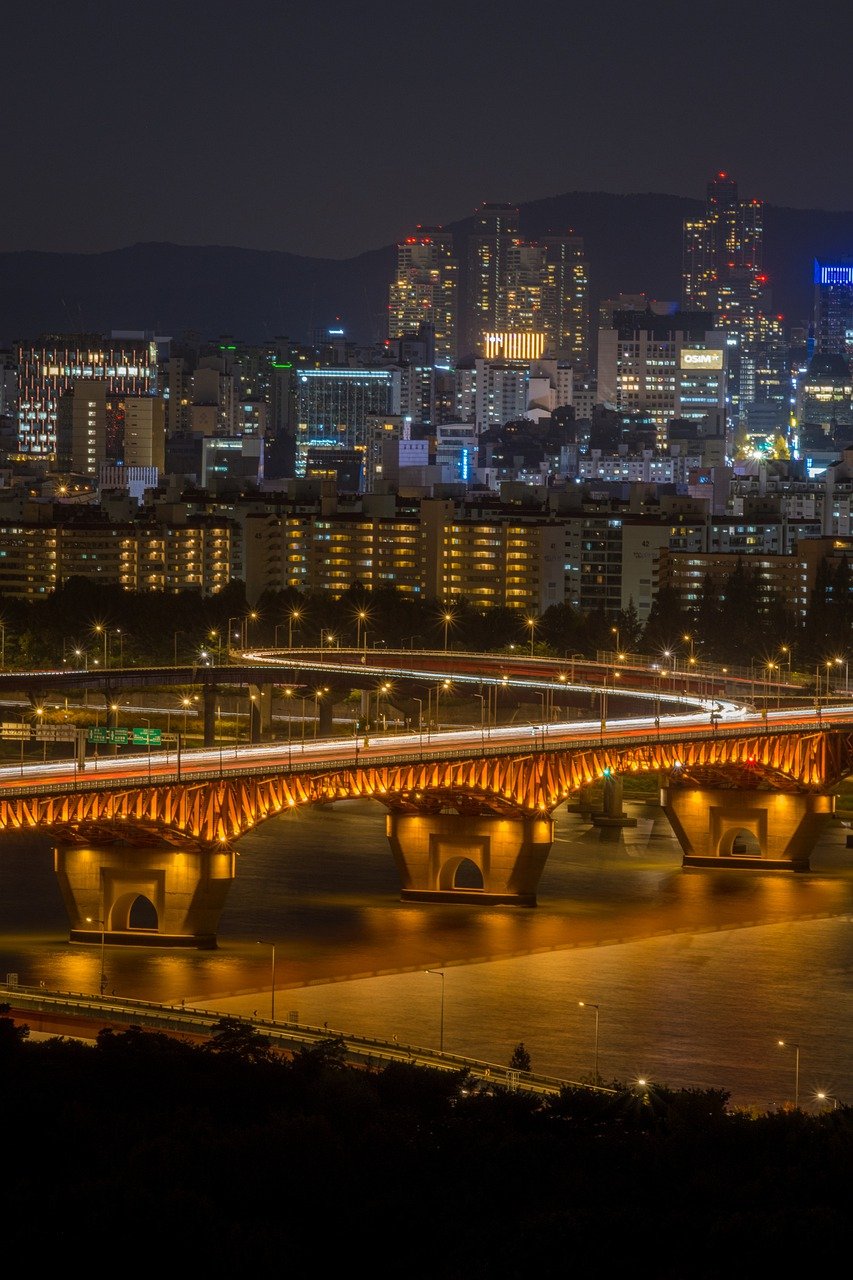
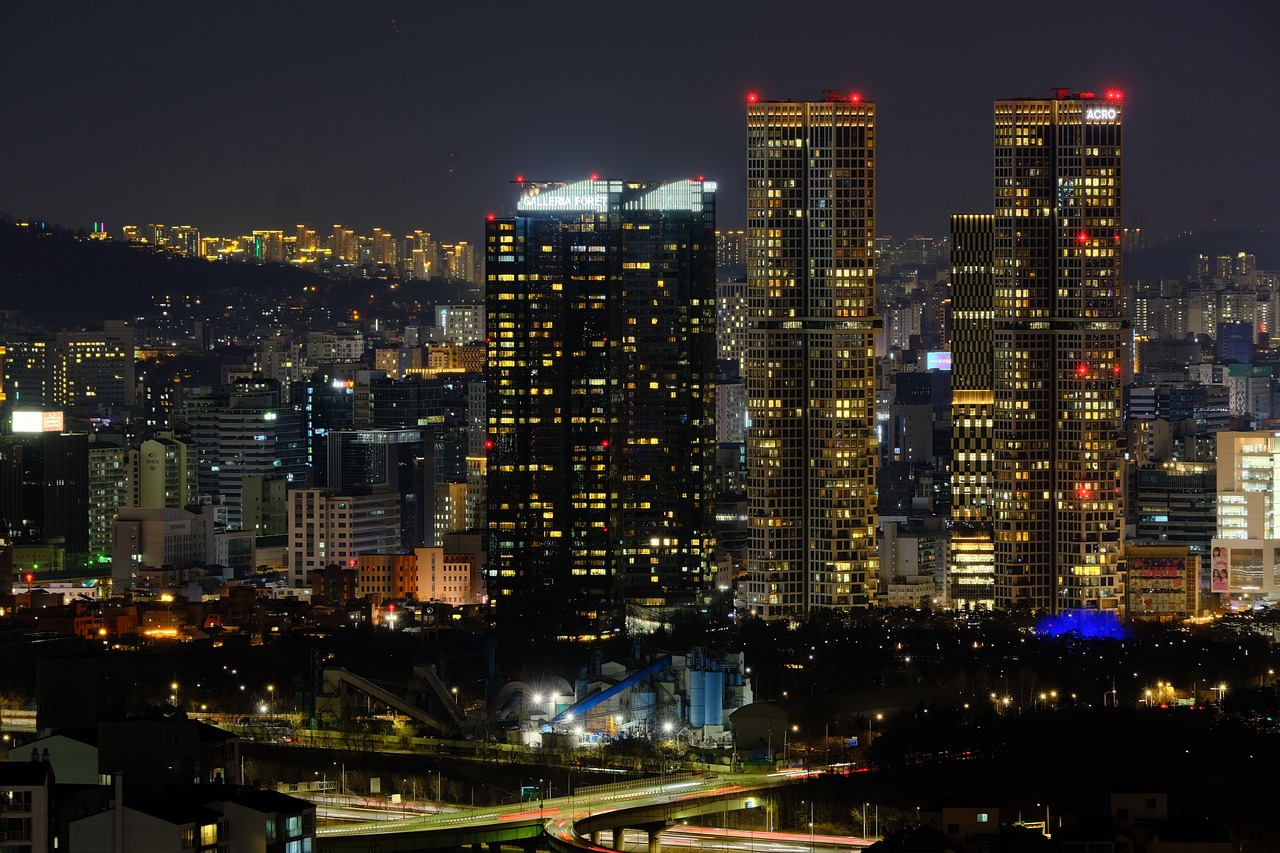




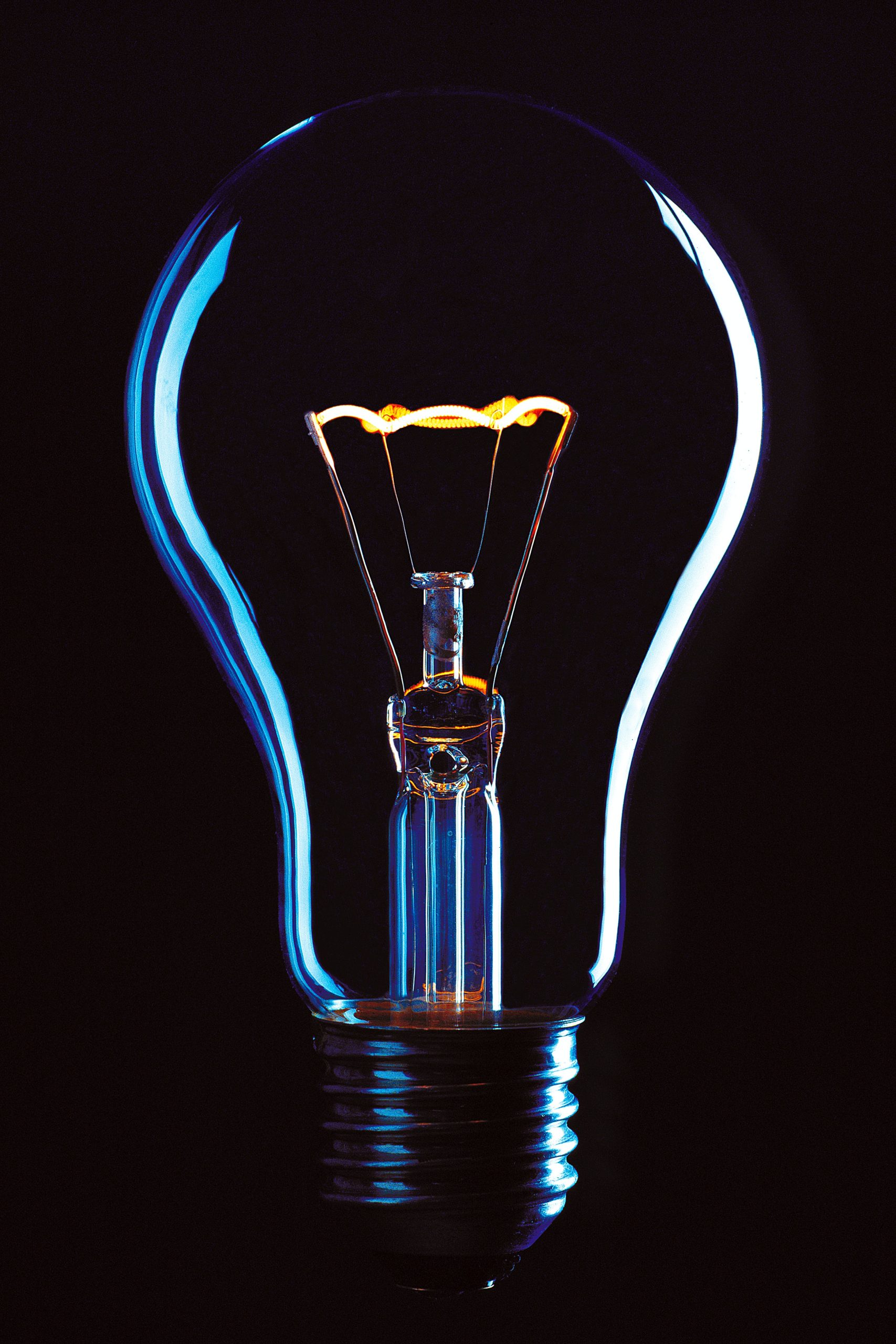

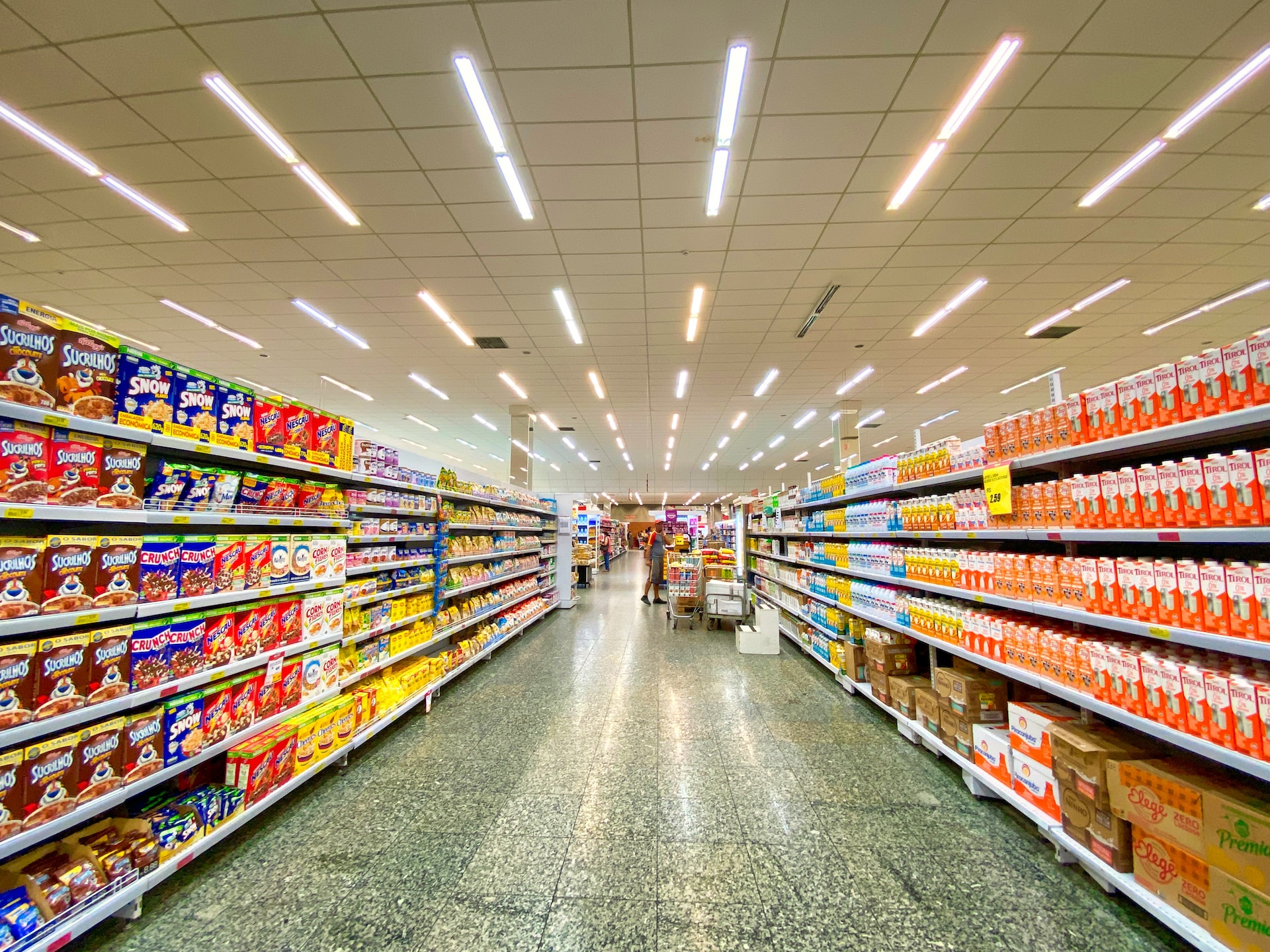


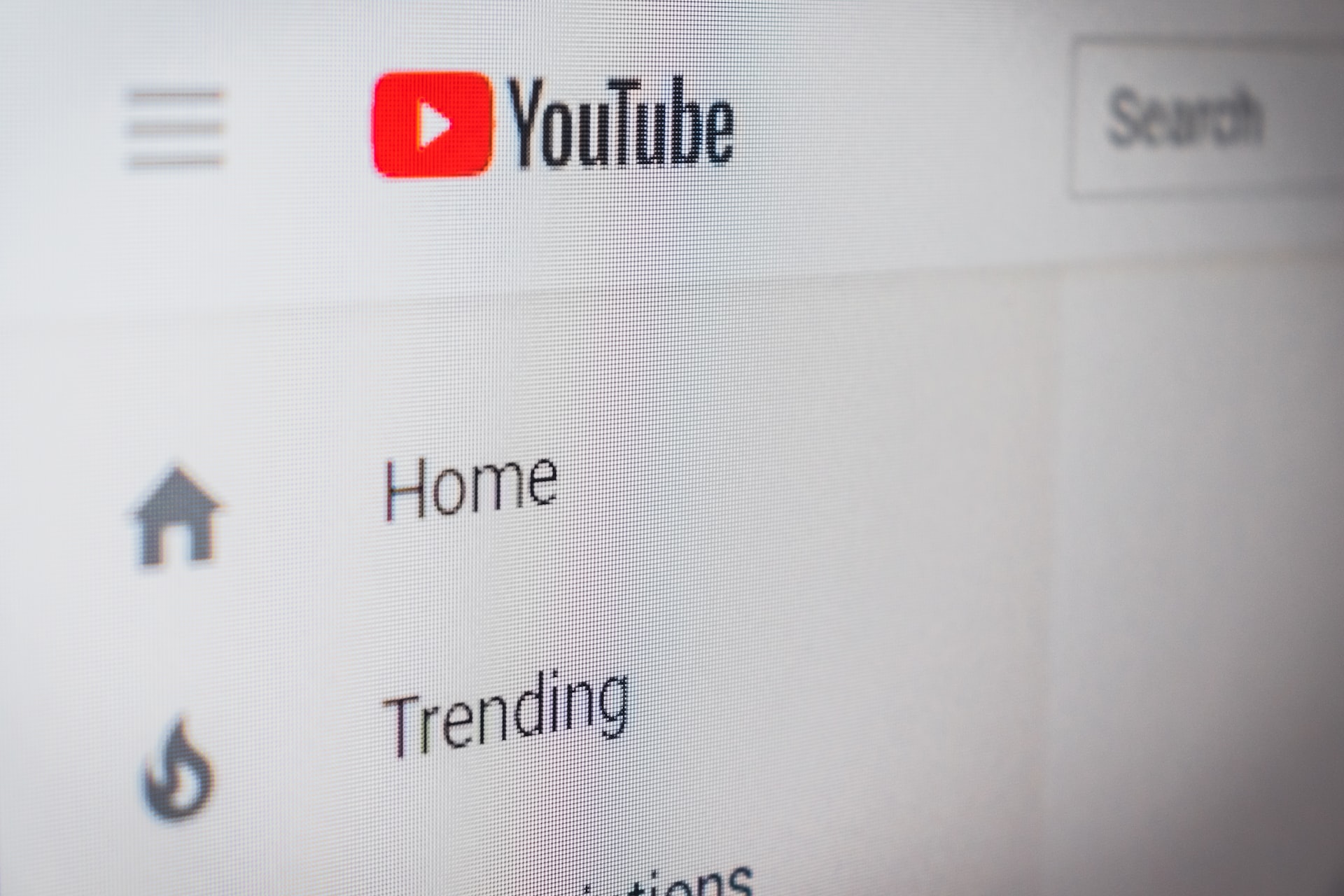
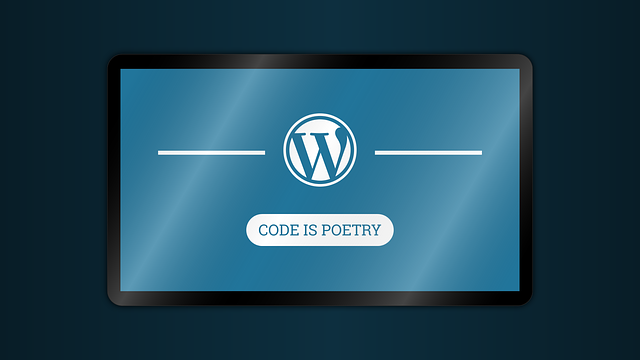
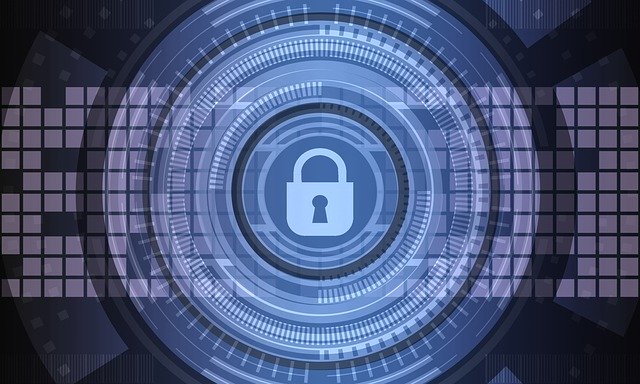
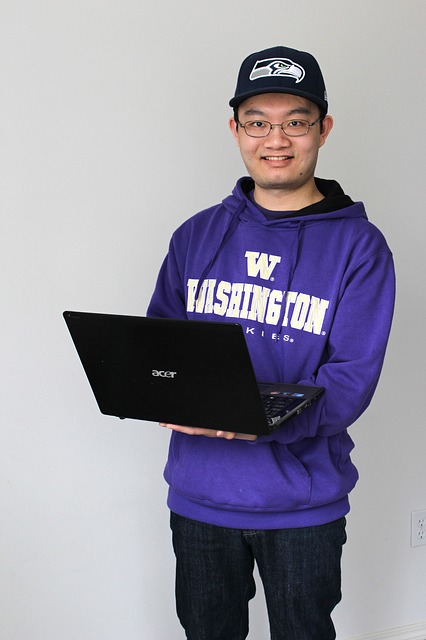 Over twenty years in Information Technology in USA, Germany and United Kingdom, spanning across the various disciplines including support, development, architecture, management and leadership roles with a strong focus on aligning business and technology goals.
Over twenty years in Information Technology in USA, Germany and United Kingdom, spanning across the various disciplines including support, development, architecture, management and leadership roles with a strong focus on aligning business and technology goals.
